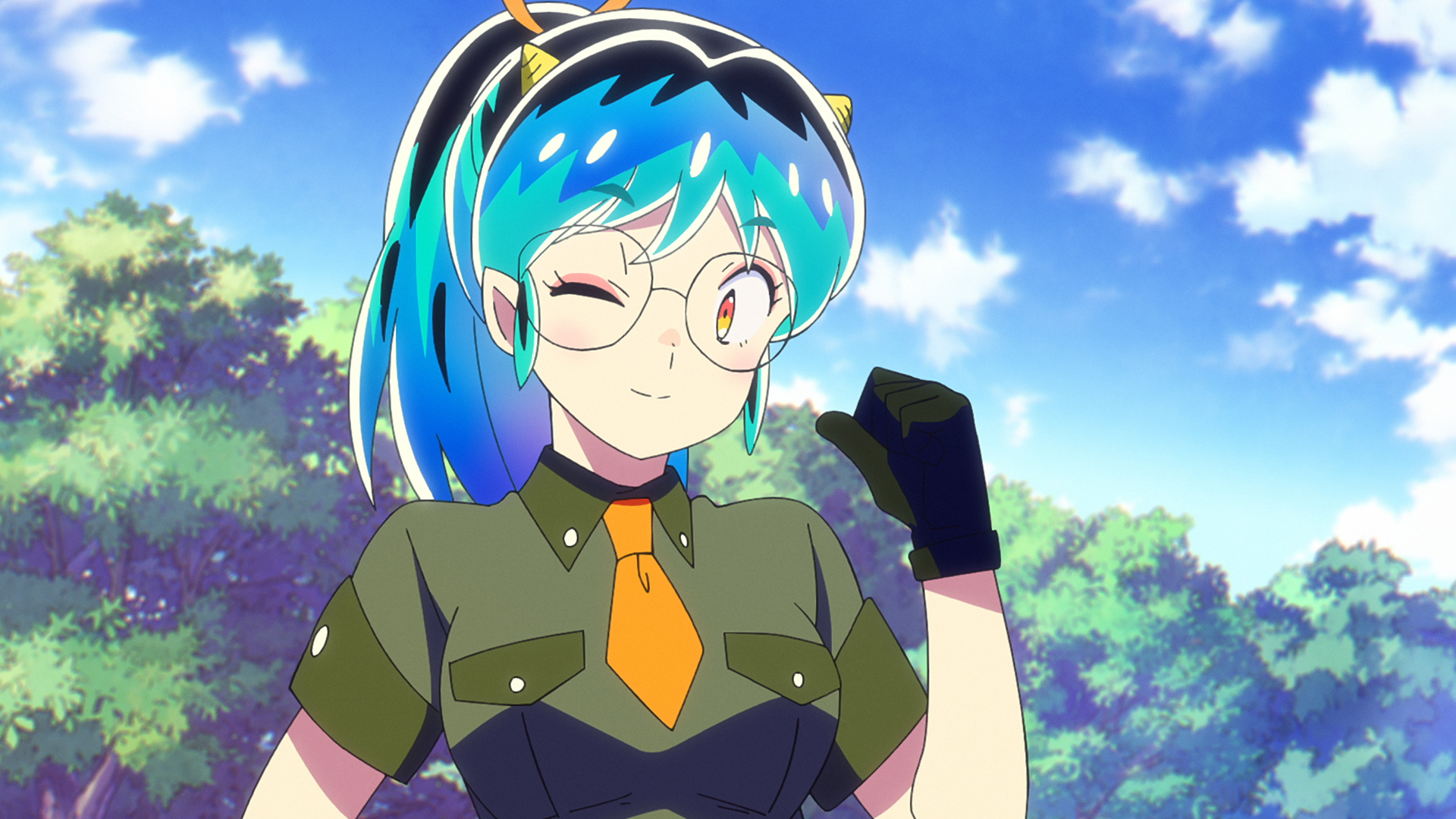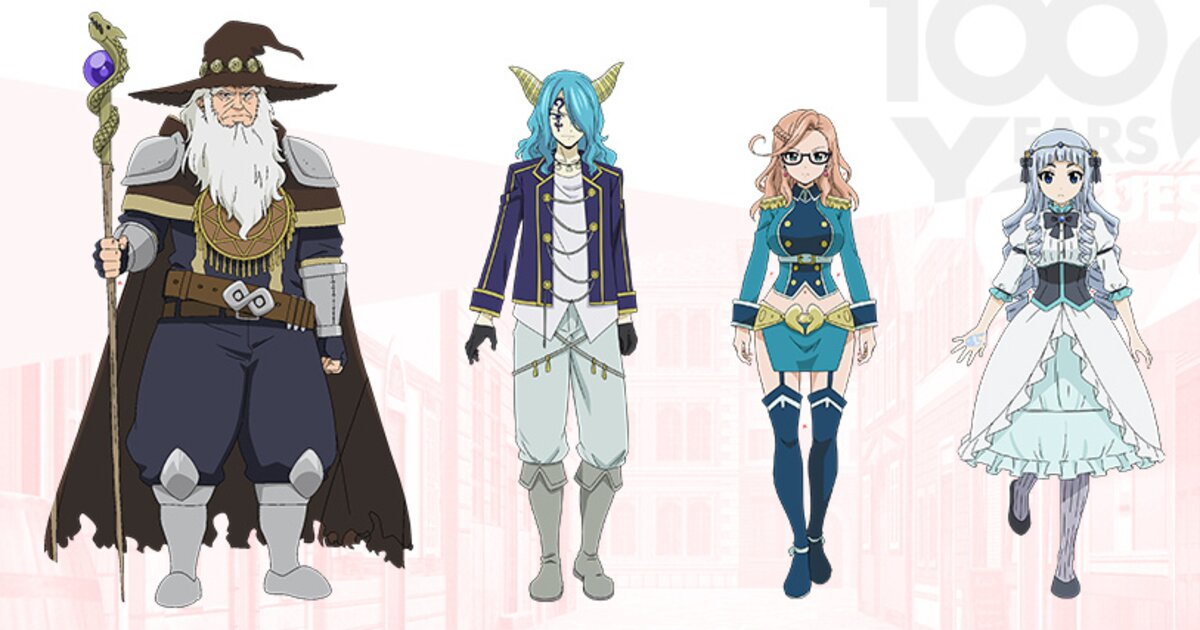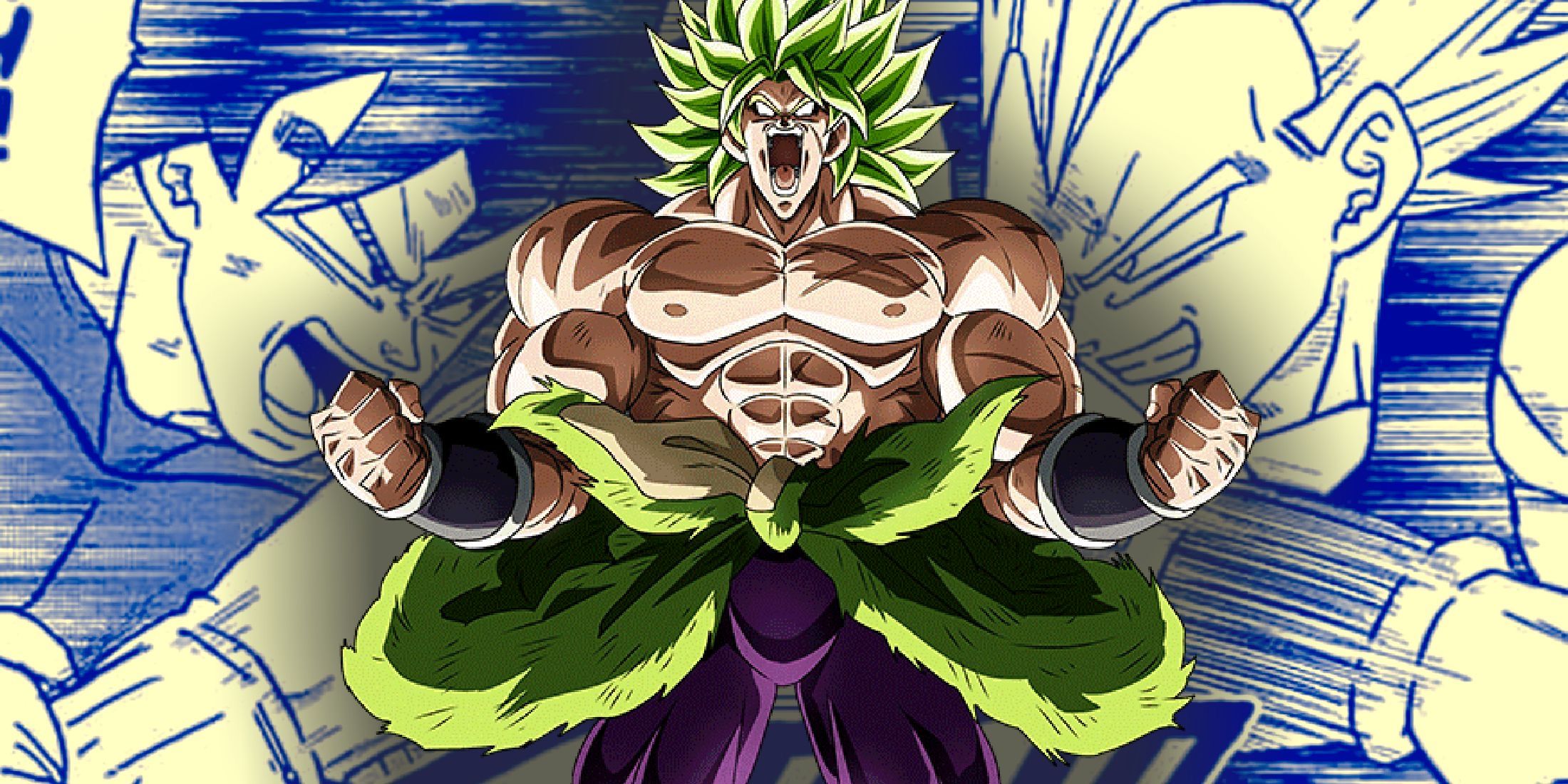
In an era where vampire-themed narratives seem to have been explored through every possible lens, a new series has emerged, causing both a stir and a delightful surprise among fans and critics alike. Blending the allure of K-pop with supernatural romance, “Dark Moon: The Blood Altar” has carved out its unique niche in the saturated market of vampire fiction.
At the heart of the series lies a somewhat familiar, yet irresistibly engaging premise: a group of preternaturally beautiful vampire boys, members of the popular Korean boy band Enhyphen reimagined into otherworldly beings, attending an exclusive boarding school. Into their midst comes Sooha, an ordinary young woman with her own complicated past, drawing the attention not just of these vampire youths but also of rival werewolves from another school. The inclusion of werewolves, inspired by the boy band’s own members, adds a layer of intrigue and expands the universe in unexpected directions.
The narrative doesn’t shy away from the tropes that have long defined the genre, embracing the appeal of a reverse harem setup with a self-awareness that borders on the indulgent. Despite this, or perhaps because of it, the series has managed to captivate a wide audience. Its unpretentious acknowledgment of its own fantastical elements — from the vampires’ diverse powers to the melodramatic allure of teenage werewolves — serves as part of its charm.
Heli, the enigmatic leader of the vampire group and a character based on Enhyphen’s Heeseung, is a standout. His telepathic abilities offer a shortcut to intimacy with Sooha, helping to navigate the complex emotions surrounding her discovery of the vampire boys’ true identities. Their story is as much about the supernatural as it is about the yearning to be understood and accepted, a universal theme that resonates deeply with readers.
The series’ backstory, revealing that the vampires were raised in what could be best described as a prison masquerading as an orphanage, adds layers of depth and encourages speculation about societal prejudices and the concept of nature versus nurture. Their desire to conceal their true nature from Sooha, while simultaneously longing for acceptance, drives much of the tension and character development.
The mystery surrounding Chris, Sooha’s childhood friend believed to have been killed by a vampire, introduces a compelling subplot that questions not only the nature of vampires themselves but also the possibility of redemption and reconciliation. The mystery doesn’t attempt to reinvent the genre but adds enough intrigue to keep readers eagerly turning pages.
Visual elements of the series, such as the distinct and appealing character designs and the use of color to convey mood, are commendable. While some choices might raise eyebrows, they contribute to the series’ overall atmosphere and help distinguish it from other works in a crowded genre.
“Dark Moon: The Blood Altar” embraces its identity with an infectious enthusiasm, proving that there’s still room for stories that might seem overly familiar or indulgent at first glance. Its blend of K-pop culture with vampire romance offers a refreshing take on well-worn narratives, earning it a place in the hearts of fans looking for both escapism and a touch of self-aware humor in their reading.
Source







